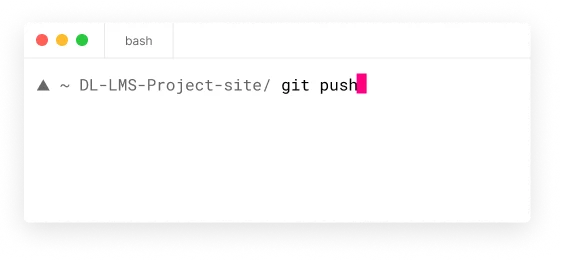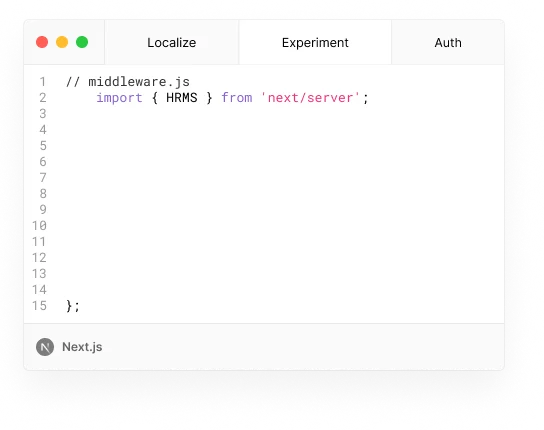India's #1 Premium Training Institute
Learn.
Build.
Get Job.
100000+ uplifted through our hybrid classroom & online training, enriched by real-time projects and job support.
Your Path to a Successful IT Career
Our Alumni Work at Top Compaines











1
Learn
Experience the New way of Learning with AI Digital Lync offers best technologies in the work, Curated for your Career Growth
Our Trending Courses
Our Trending Programs
2
Build
Work on our Real-time Projects , Task Based

LMS Project
An LMS project develops a digital platform for online learning,featuring course creation, content management, user tracking,assessments, and reporting, aimed at enhancing educational interaction.

HRMS Project
The HRMS project develops a digital system for managing HR functions like employee data, payroll, recruitment, and performance, aiming to streamline processes and enhance organizational efficiency.

CRM Project
A CRM project develops a system to manage company interactions with customers, incorporating tools for contact, sales, productivity, and support to enhance service, drive sales, and boost retention.
3
Get Certification
Internships and Course certifications for Enhanced Skill Validation.
Internship Certificate

Course Completion Certificate

4
Get Job
Our focus on job-readiness Github Profile, Linkedin Profile, Resume Prep and Help Apply
GitHub Profile
Guidance on creating and maintaining a professional GitHub profile to showcase technical projects and coding prowess.
LinkedIn Profile
Assistance in crafting a compelling LinkedIn profile for networking and visibility among recruiters.
Resume Preparation
Expert advice on resume writing to effectively highlight skills, experience, and achievements.
Help in Applying
Support in identifying suitable job opportunities and navigating the application process.
IT Engineers who got Trained from Digital Lync

Satish Korlapati
Senior Associate Consultant


Raveena Reddy
SRE/DevOps Engineer


Akhil Nagothu
Cloud DevOps Engineer-2


Vijay Kumar Putturu
Cloud DevOps Engineer

Upcoming Batch Schedule
Week Day Batches
(Mon-Fri)
28th Apr 2025
Monday
8 AM (IST)
1hr-1:30hr / Per Session
Week Day Batches
(Mon-Fri)
30th Apr 2025
Wednesday
10 AM (IST)
1hr-1:30hr / Per Session
Week Day Batches
(Mon-Fri)
2nd May 2025
Friday
12 PM (IST)
1hr-1:30hr / Per Session
Can’t find a batch you were looking for?
Why Digital Lync
100000+
LEARNERS
10000+
BATCHES
10+
YEARS
24/7
SUPPORT
Learn.
Build.
Get Job.
100000+ uplifted through our hybrid classroom & online training, enriched by real-time projects and job support.
Our Locations
Come and chat with us about your goals over a cup of coffee.
Hyderabad, Telangana
2nd Floor, Hitech City Rd, Above Domino's, opp. Cyber Towers, Jai Hind Enclave, Hyderabad, Telangana.
Bengaluru, Karnataka
3rd Floor, Site No 1&2 Saroj Square, Whitefield Main Road, Munnekollal Village Post, Marathahalli, Bengaluru, Karnataka.
Kakinada, Andhra
Madhav Nager Main Road, Opp SBI Bank, Opp SP Office, Kakinada, Andhra Pradesh.




